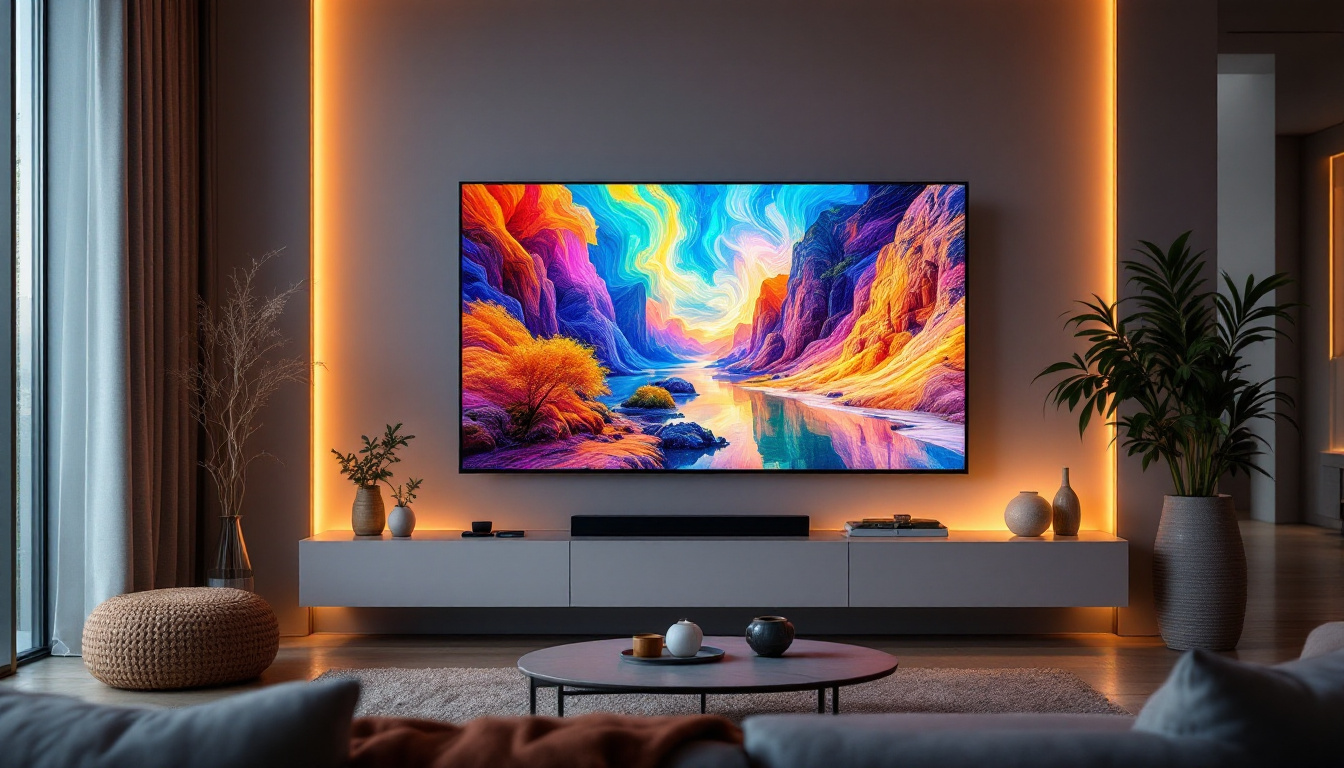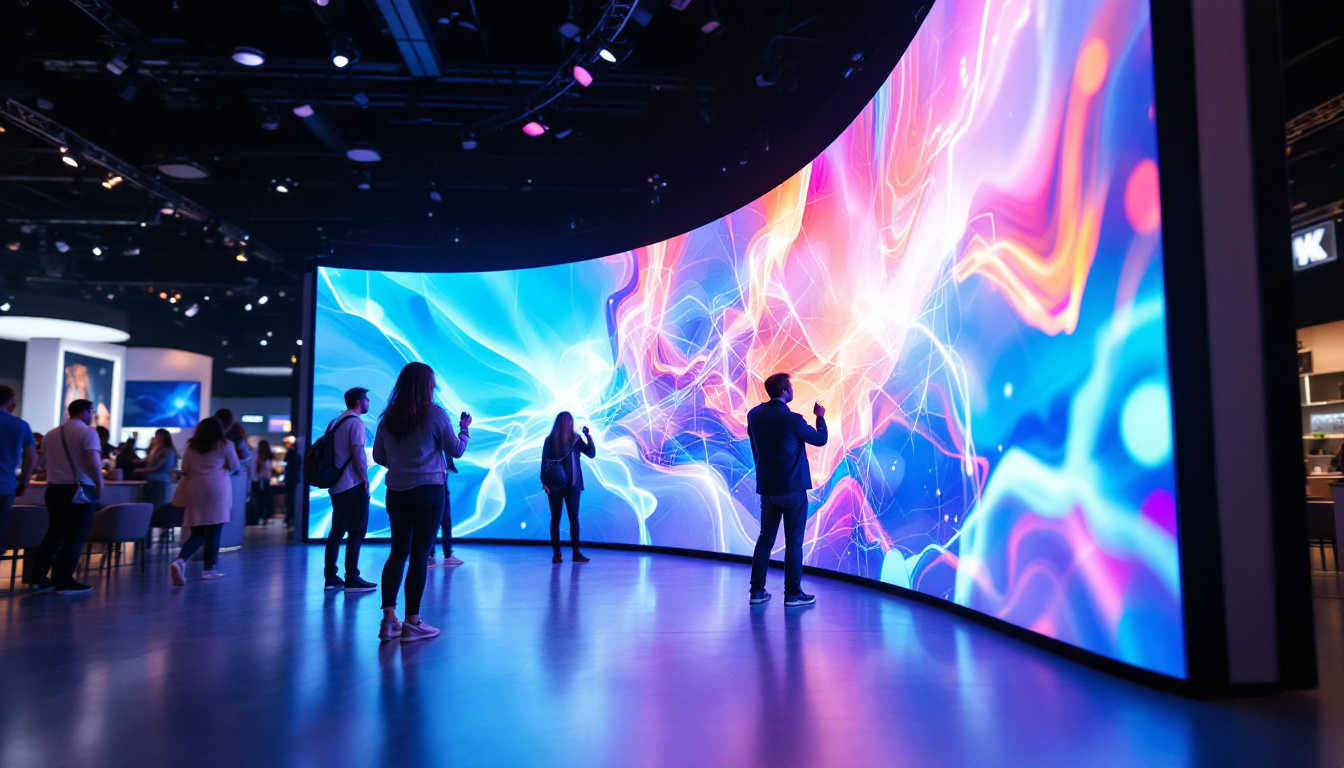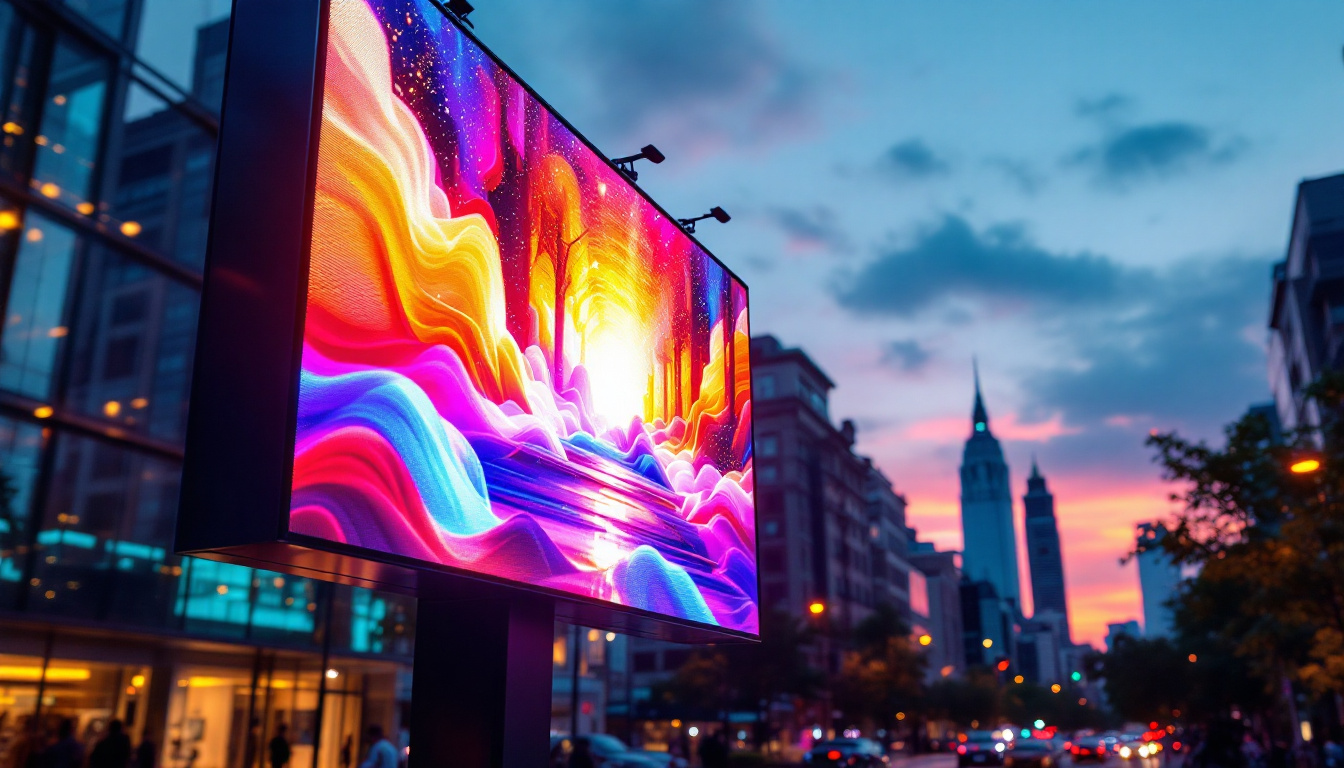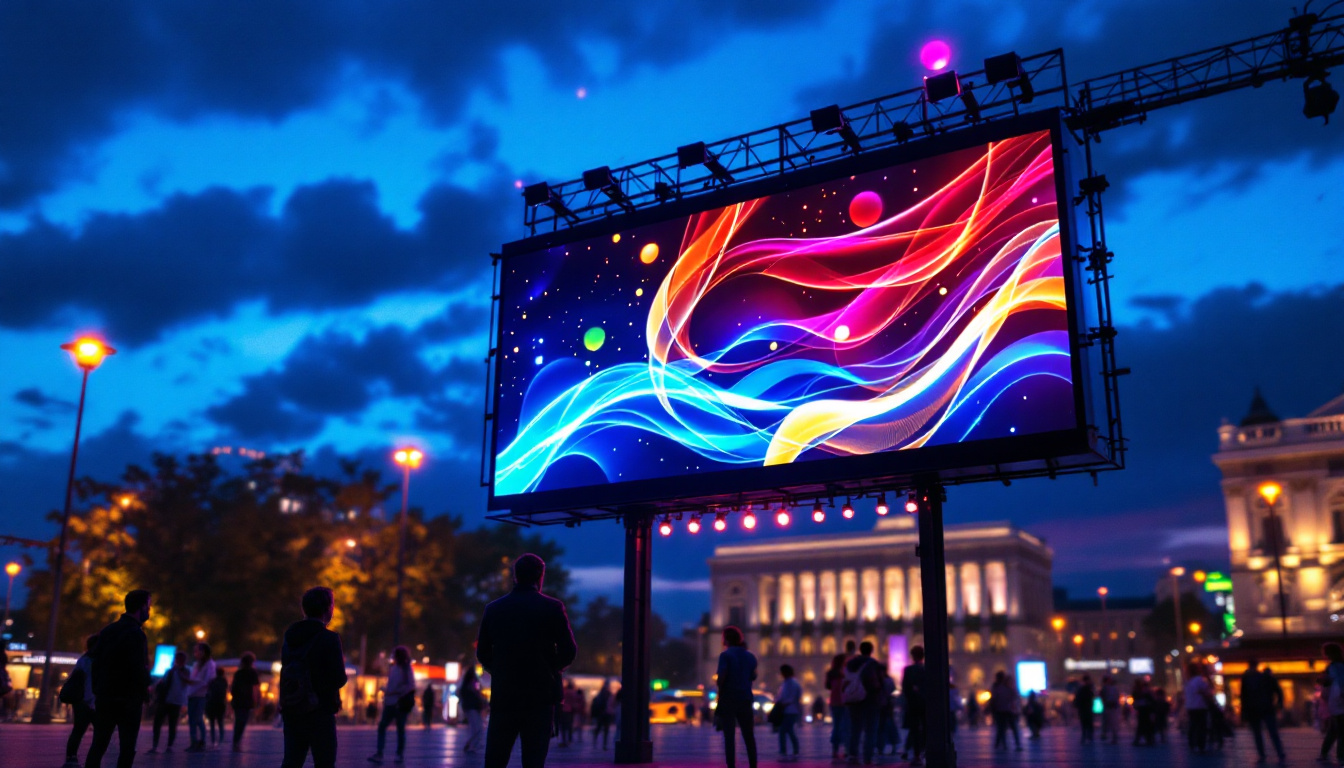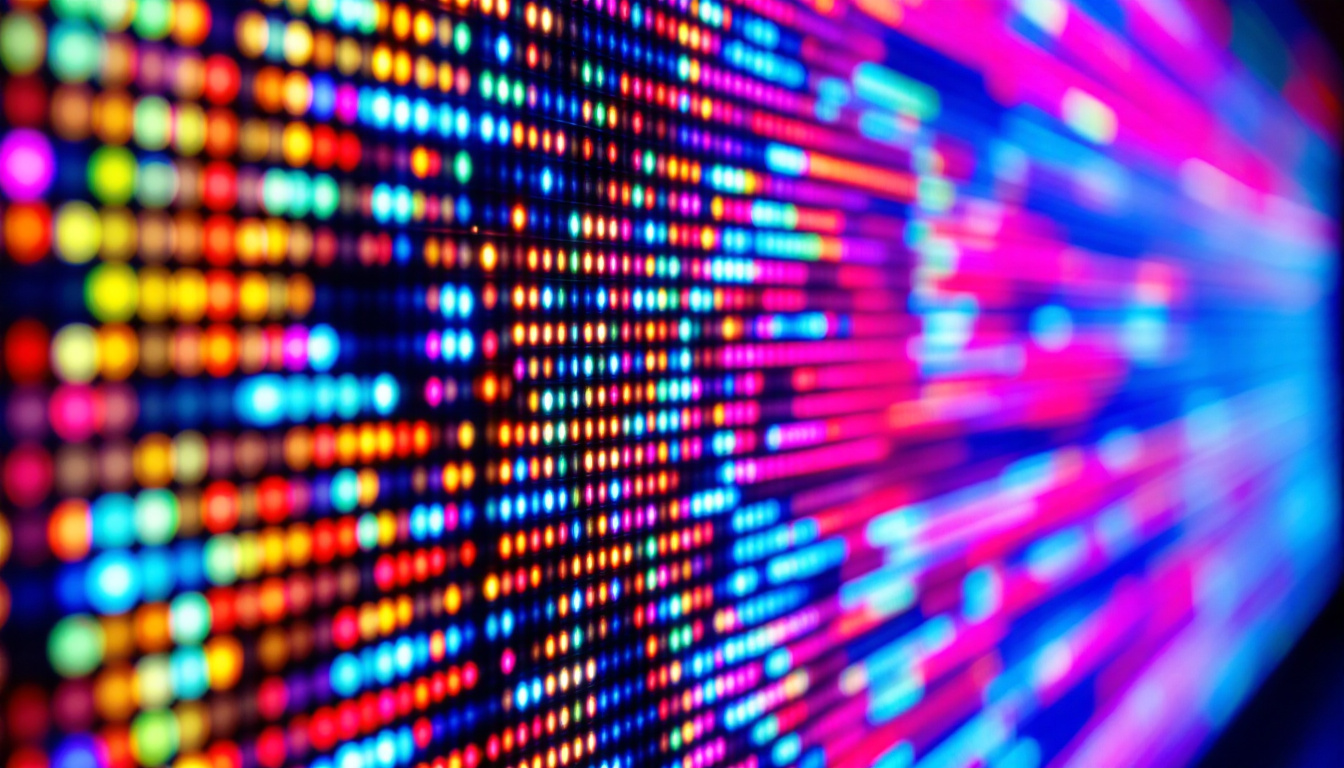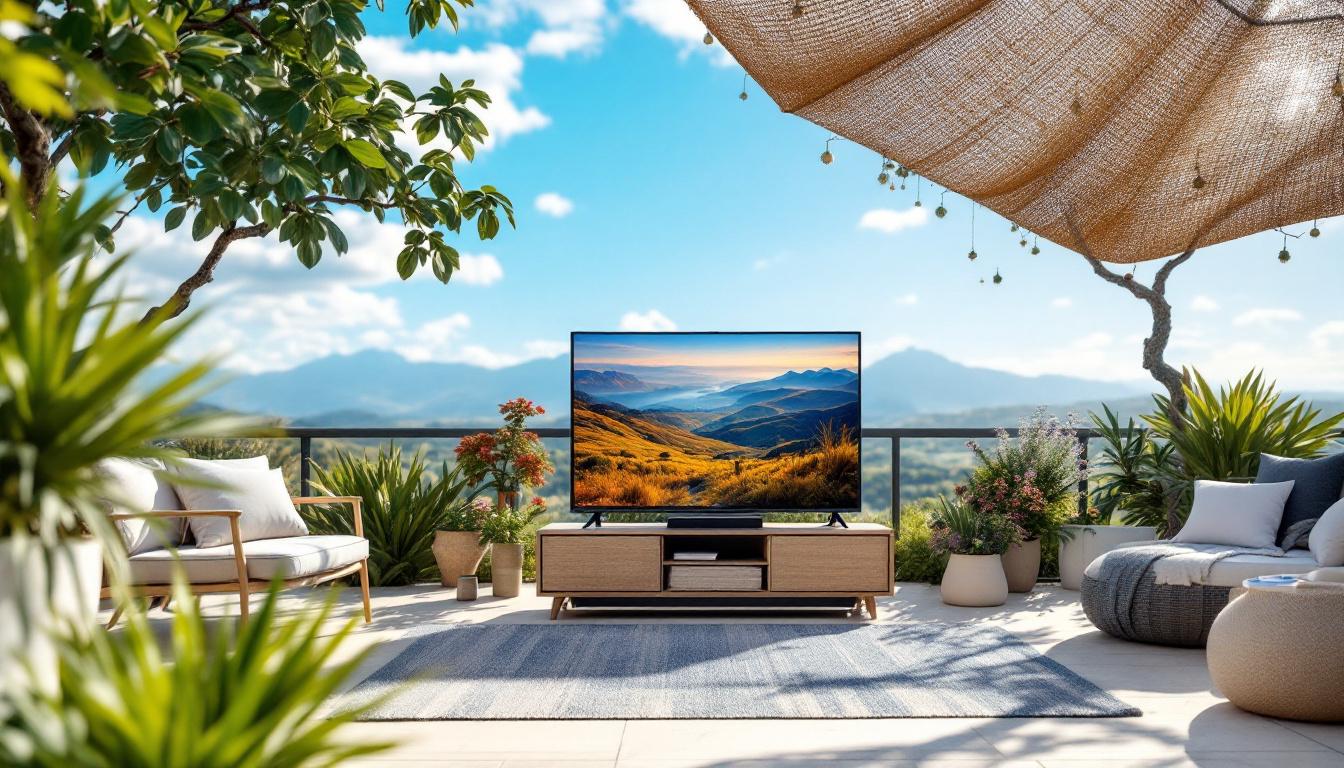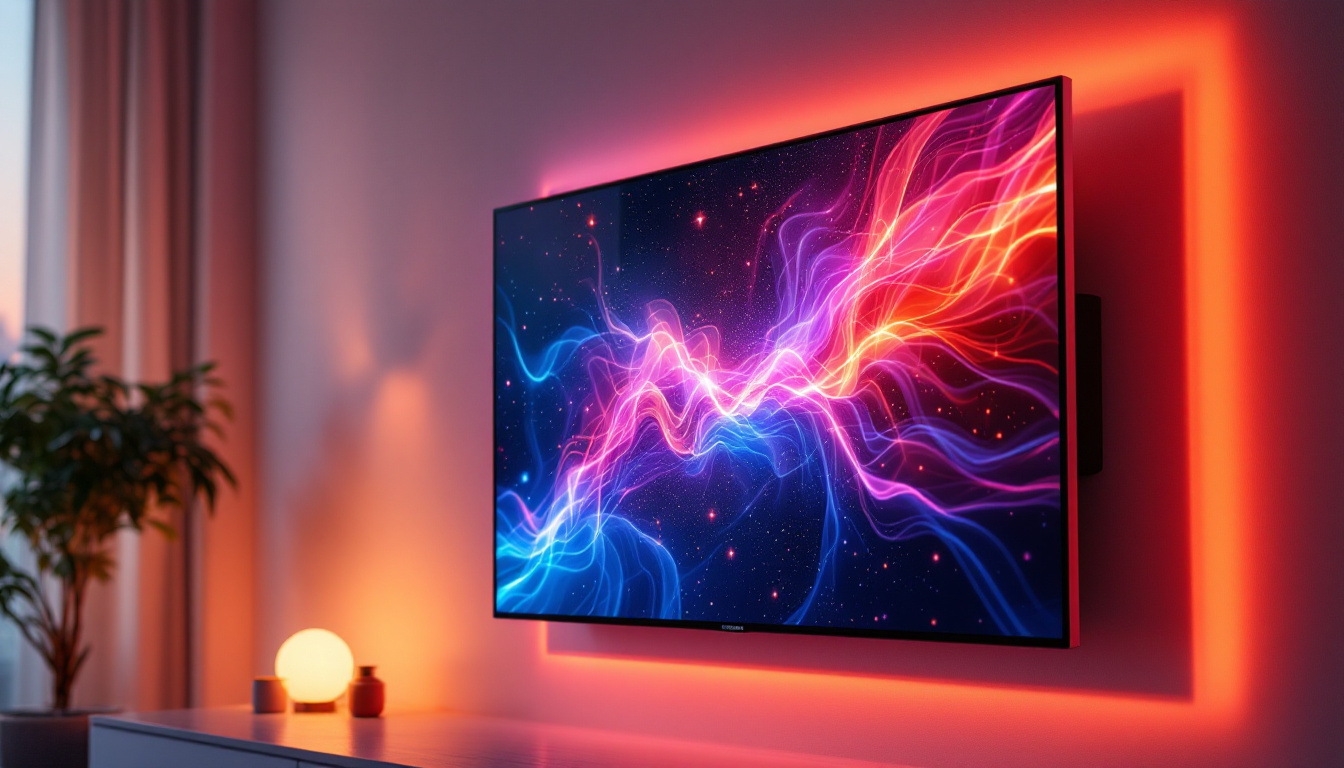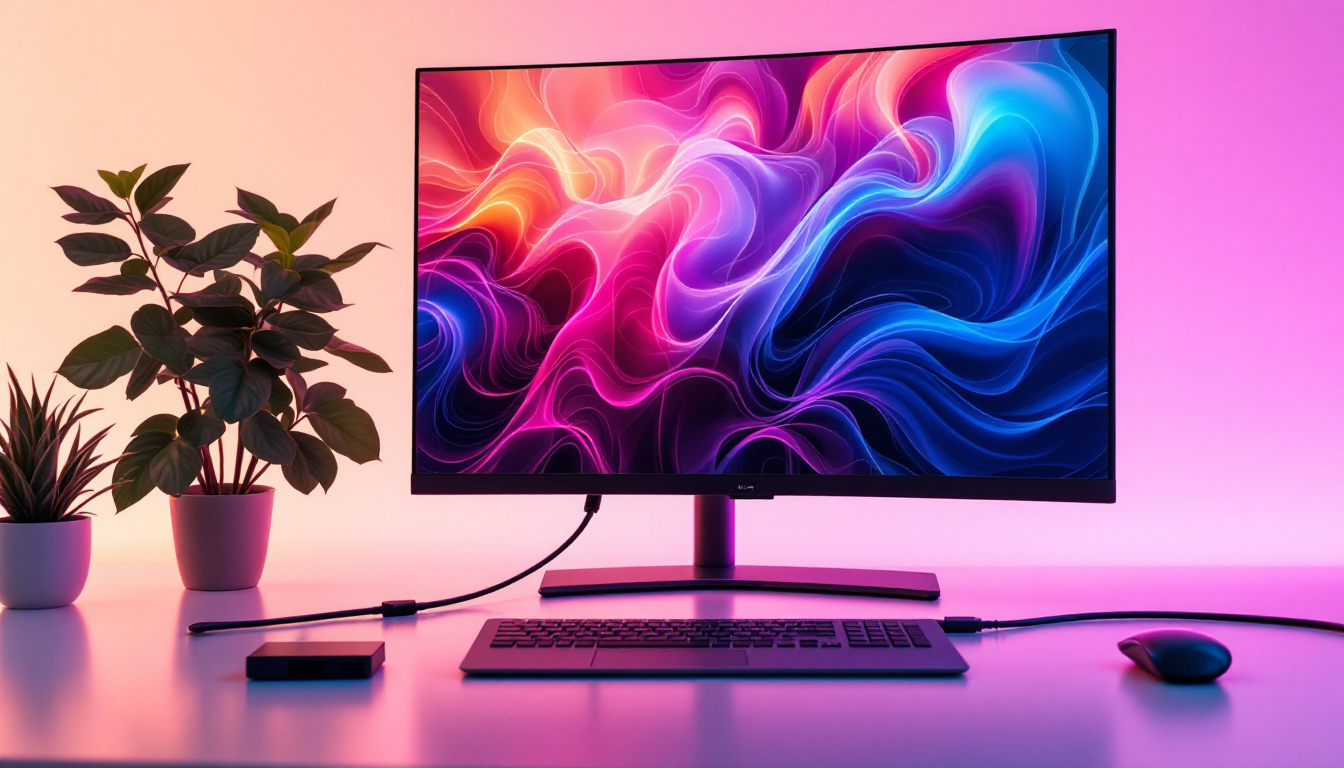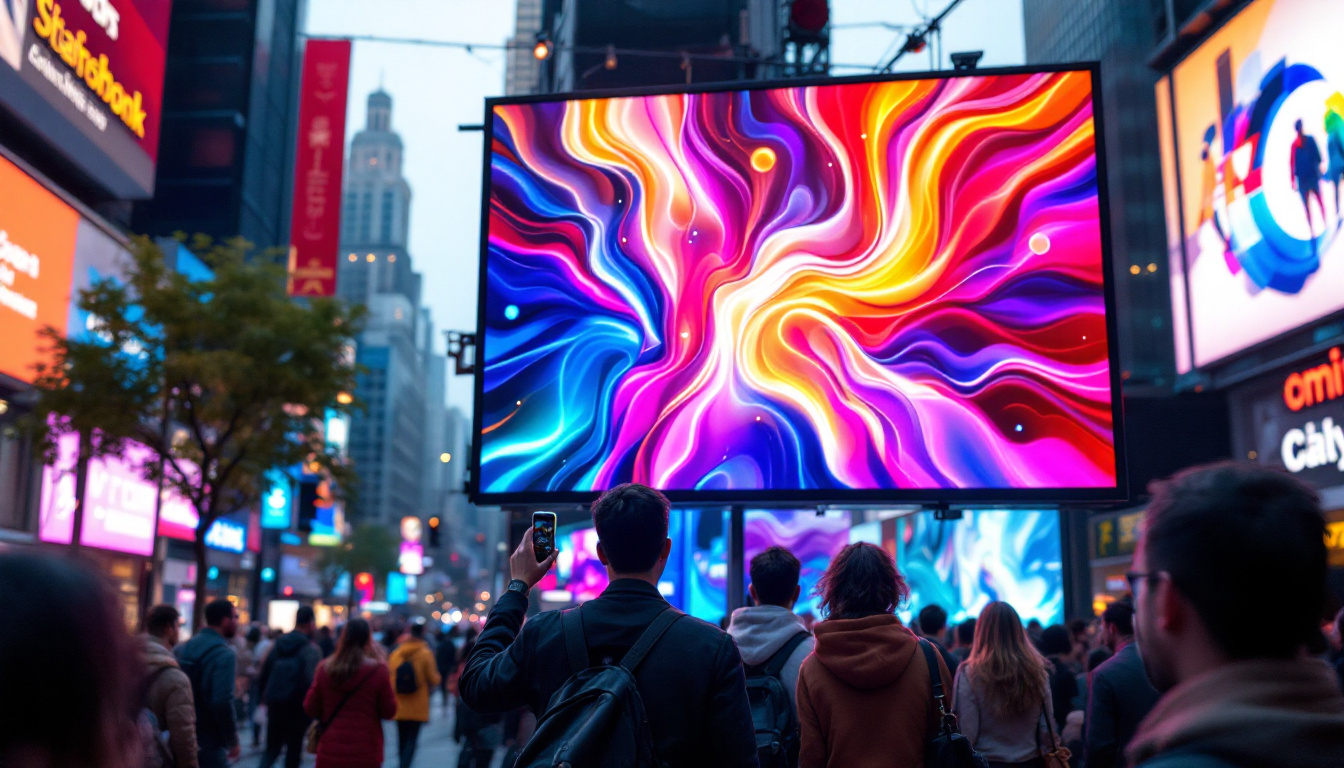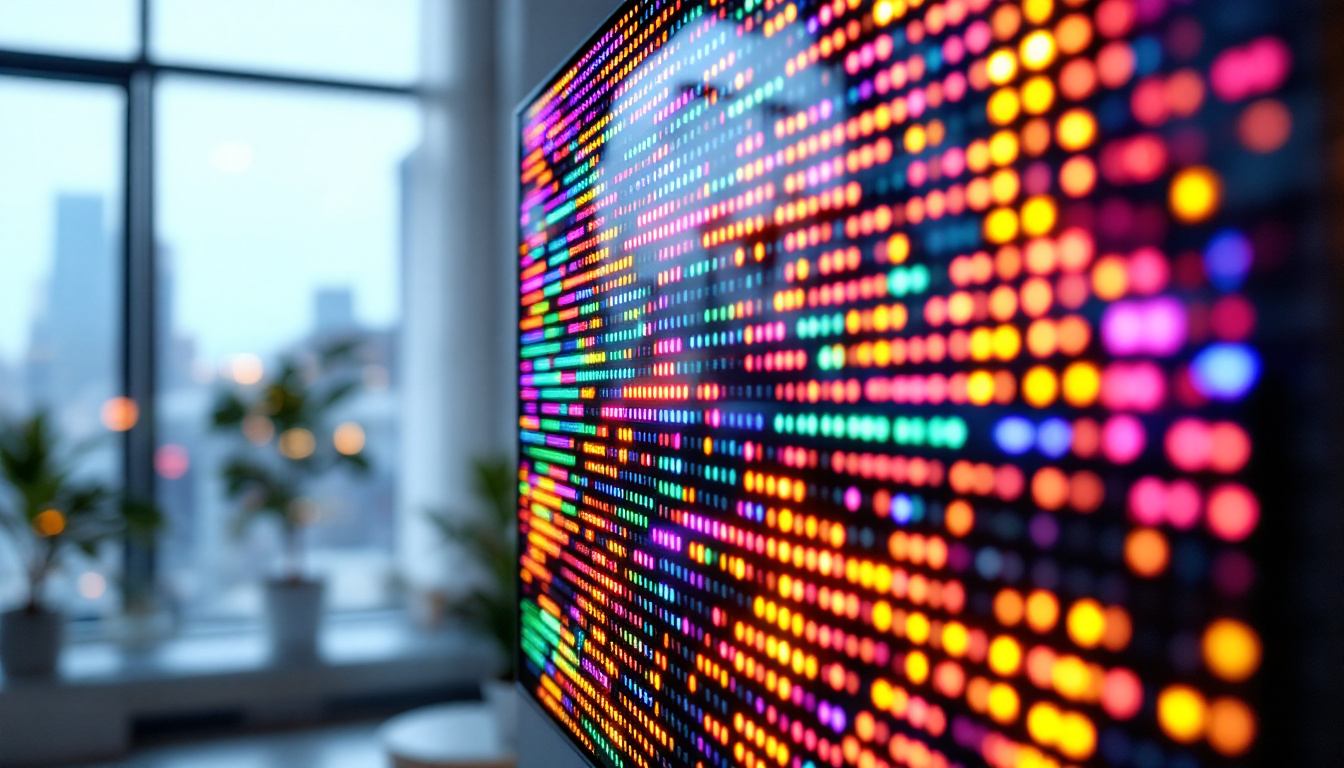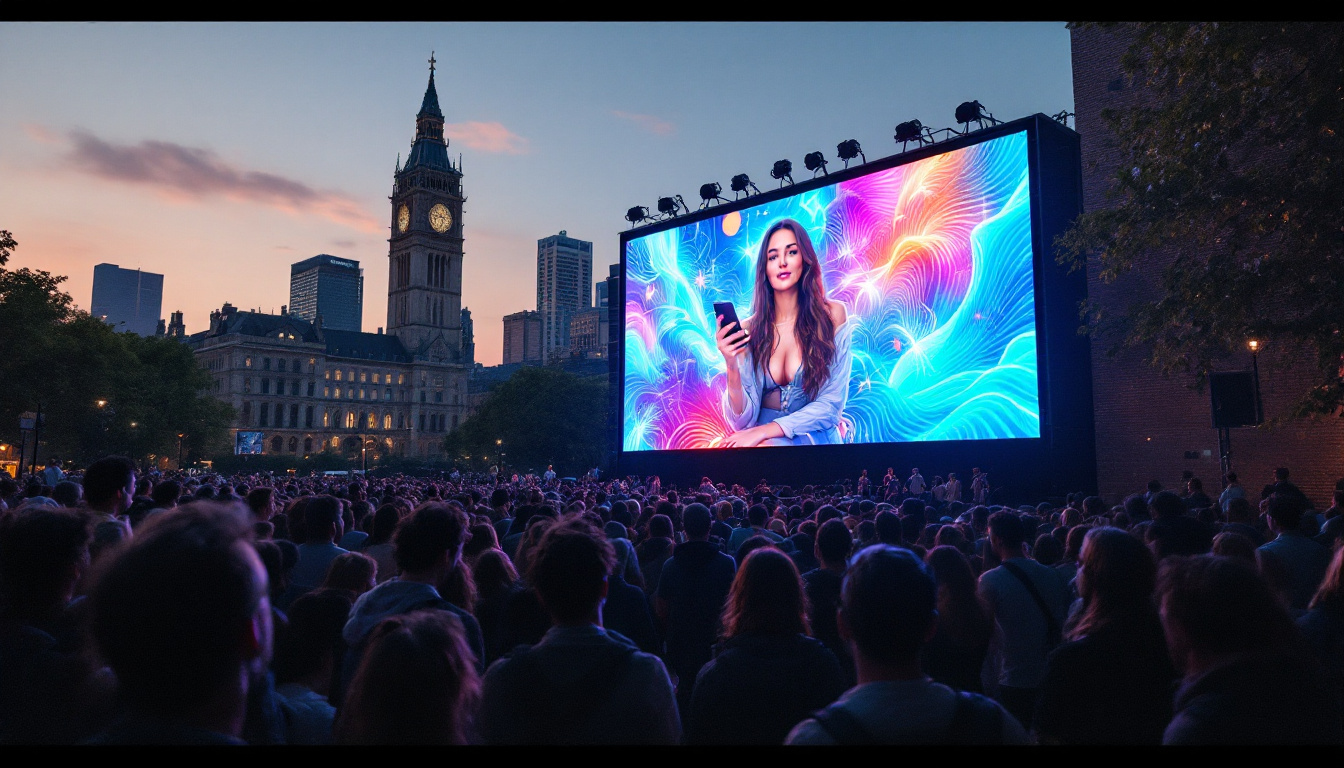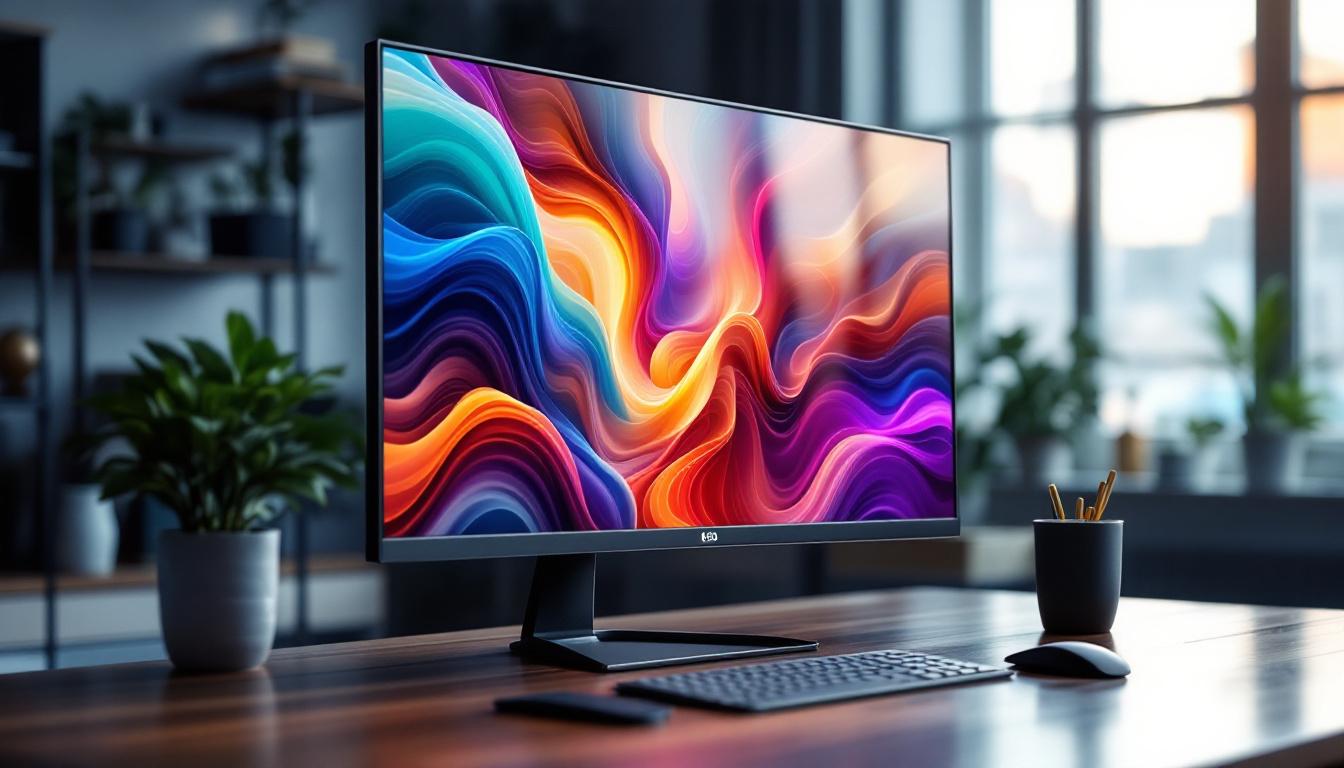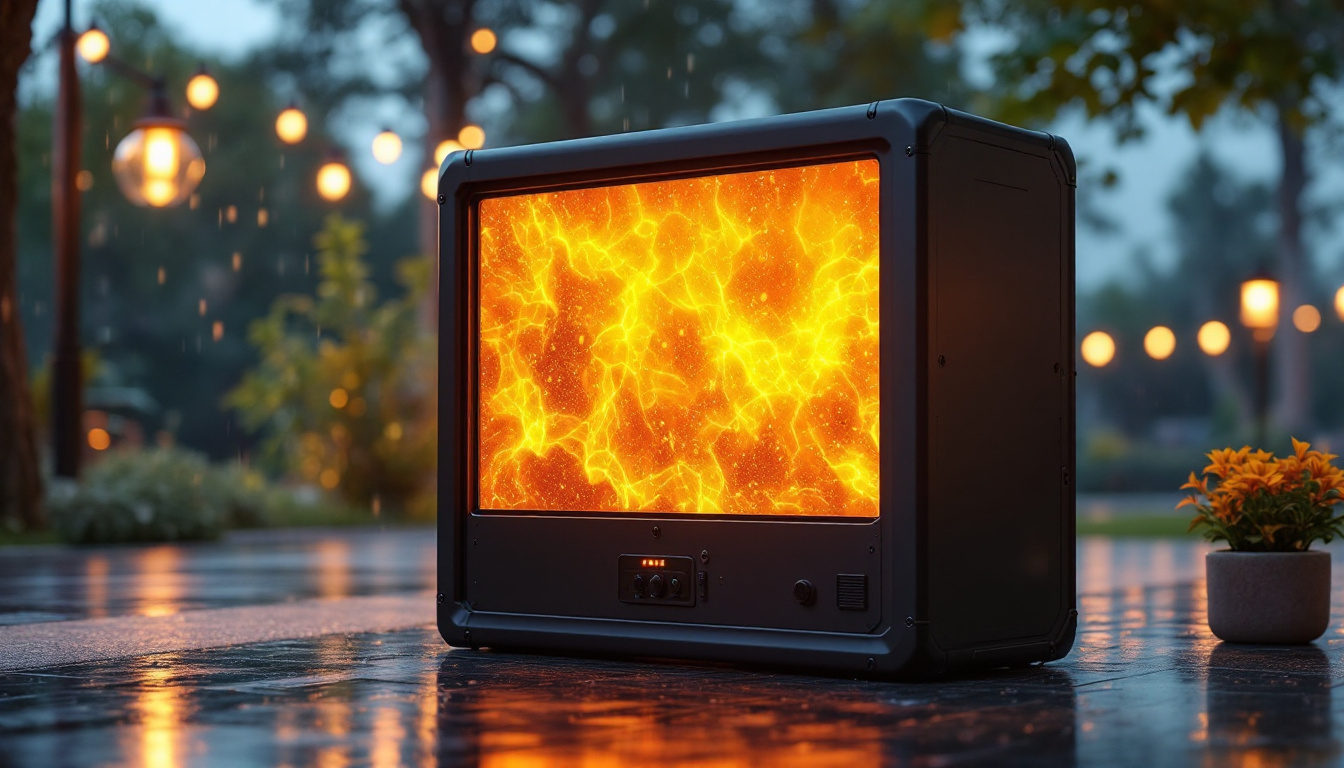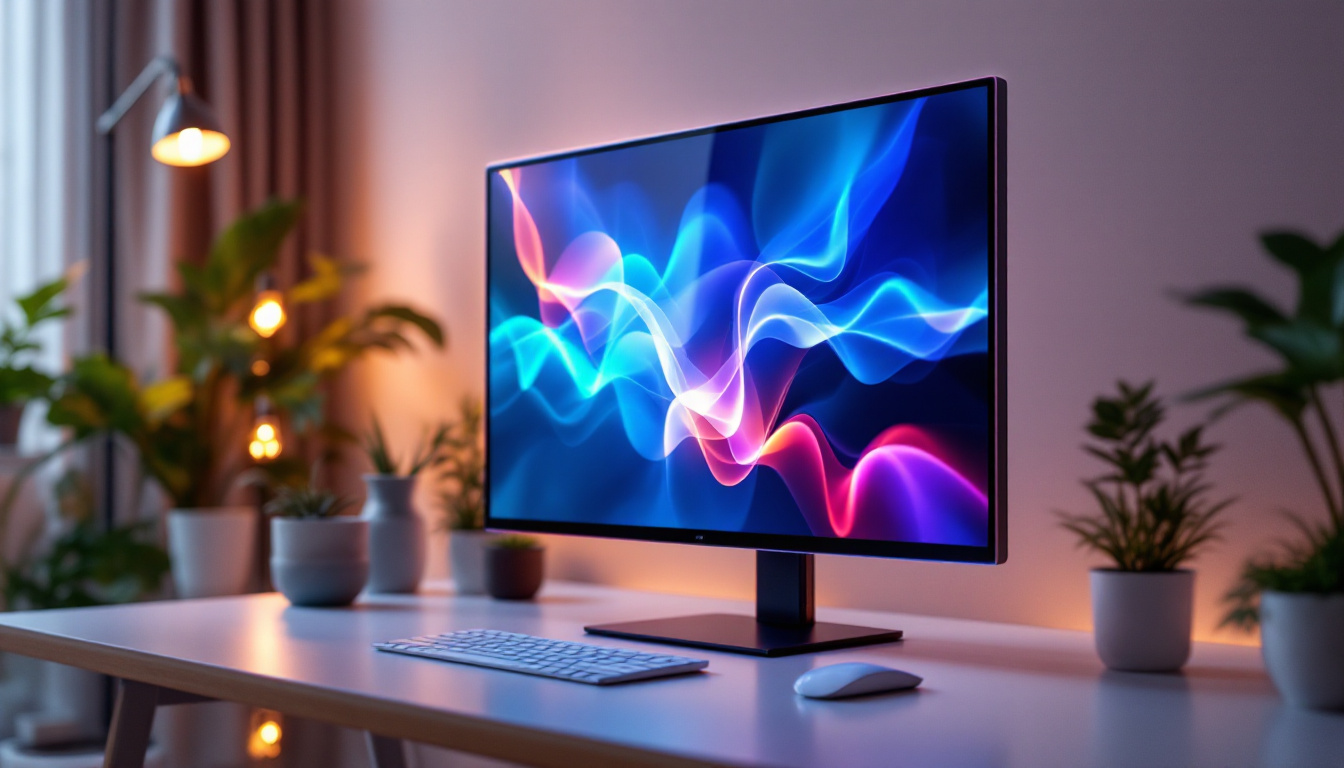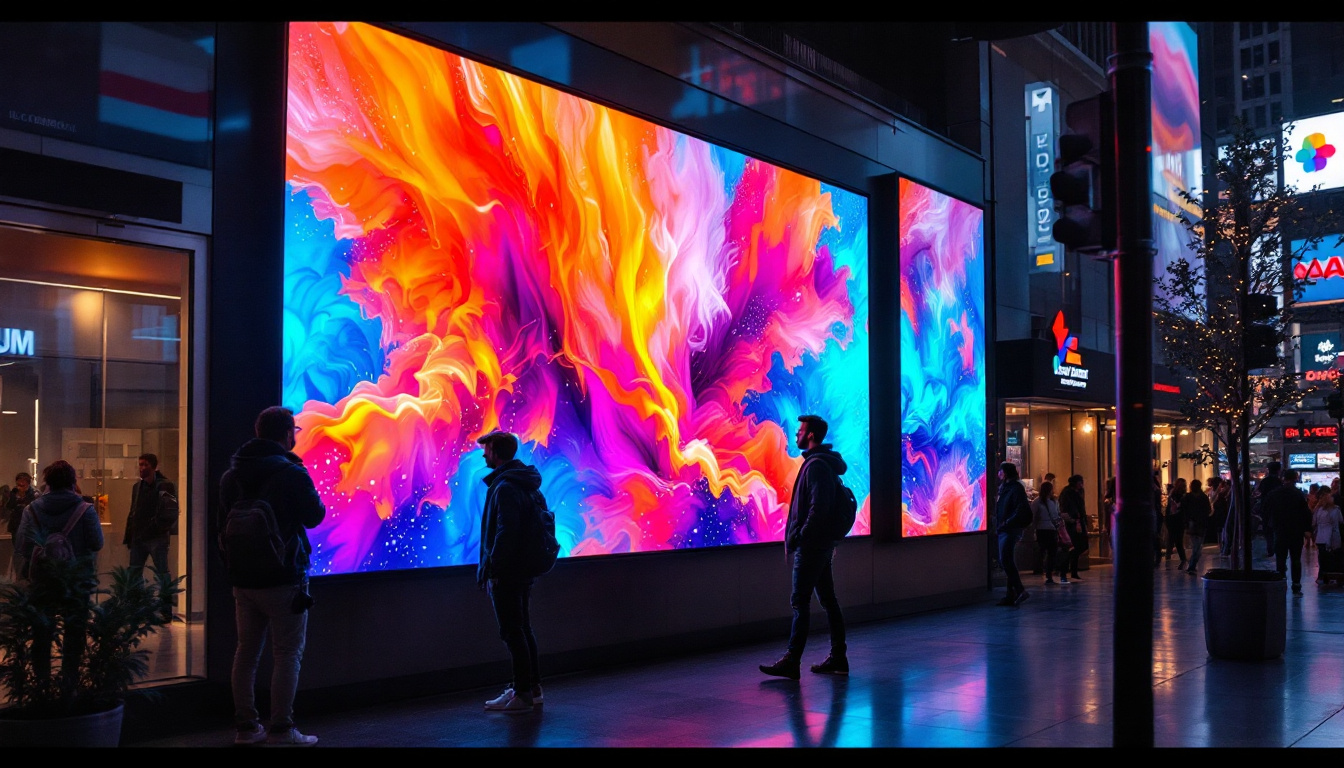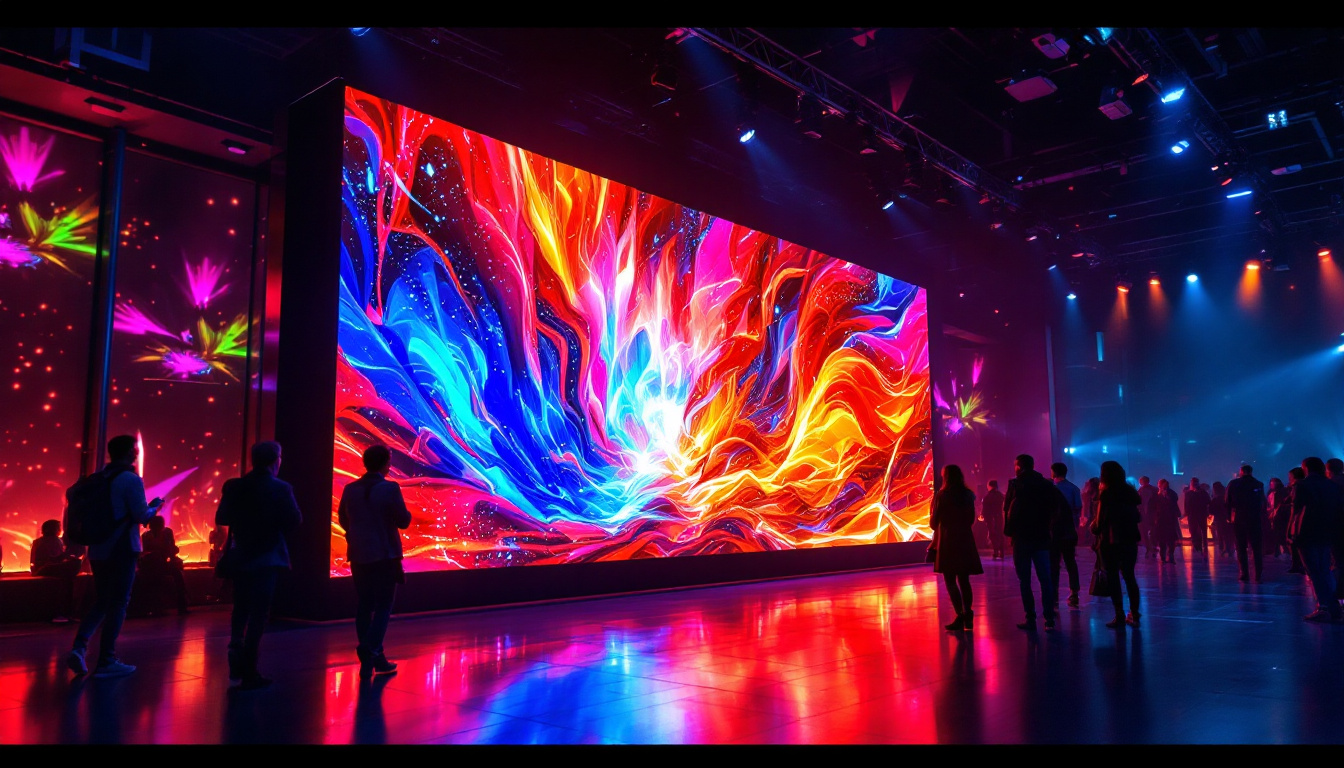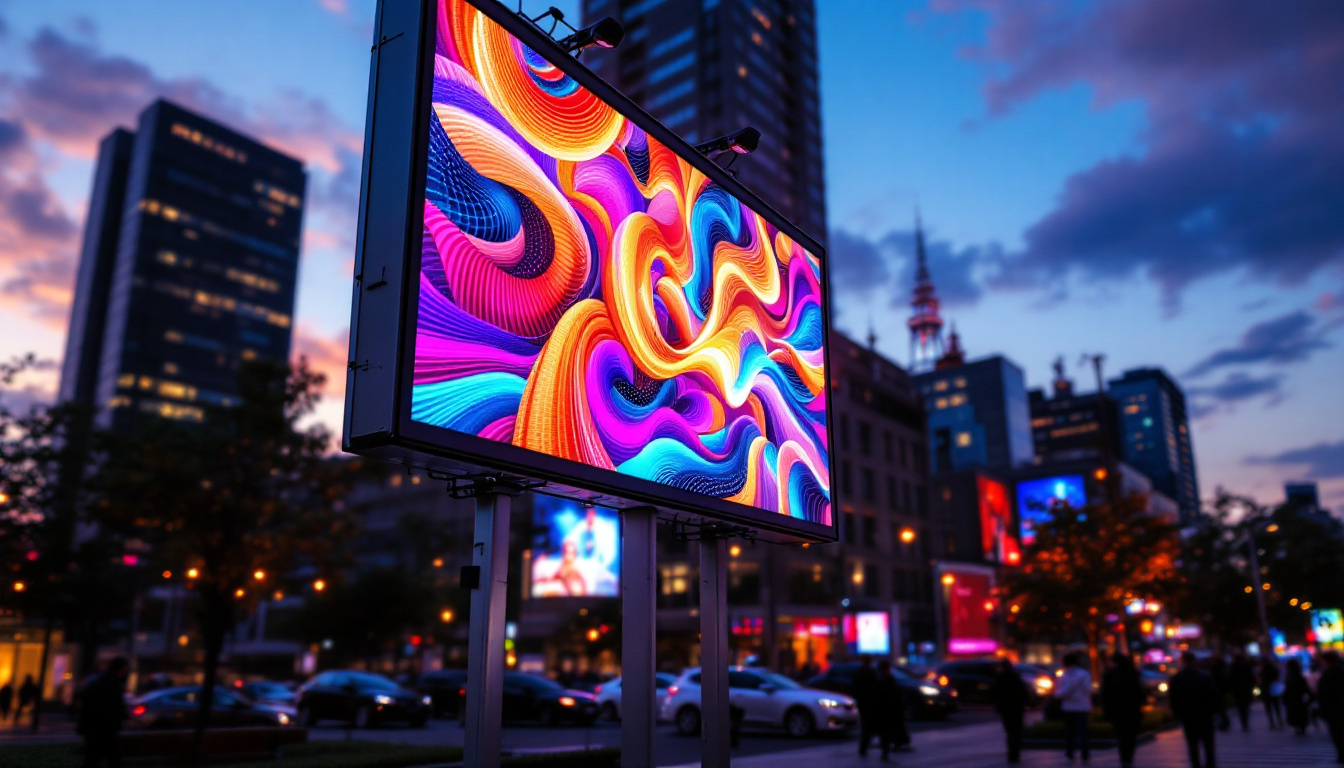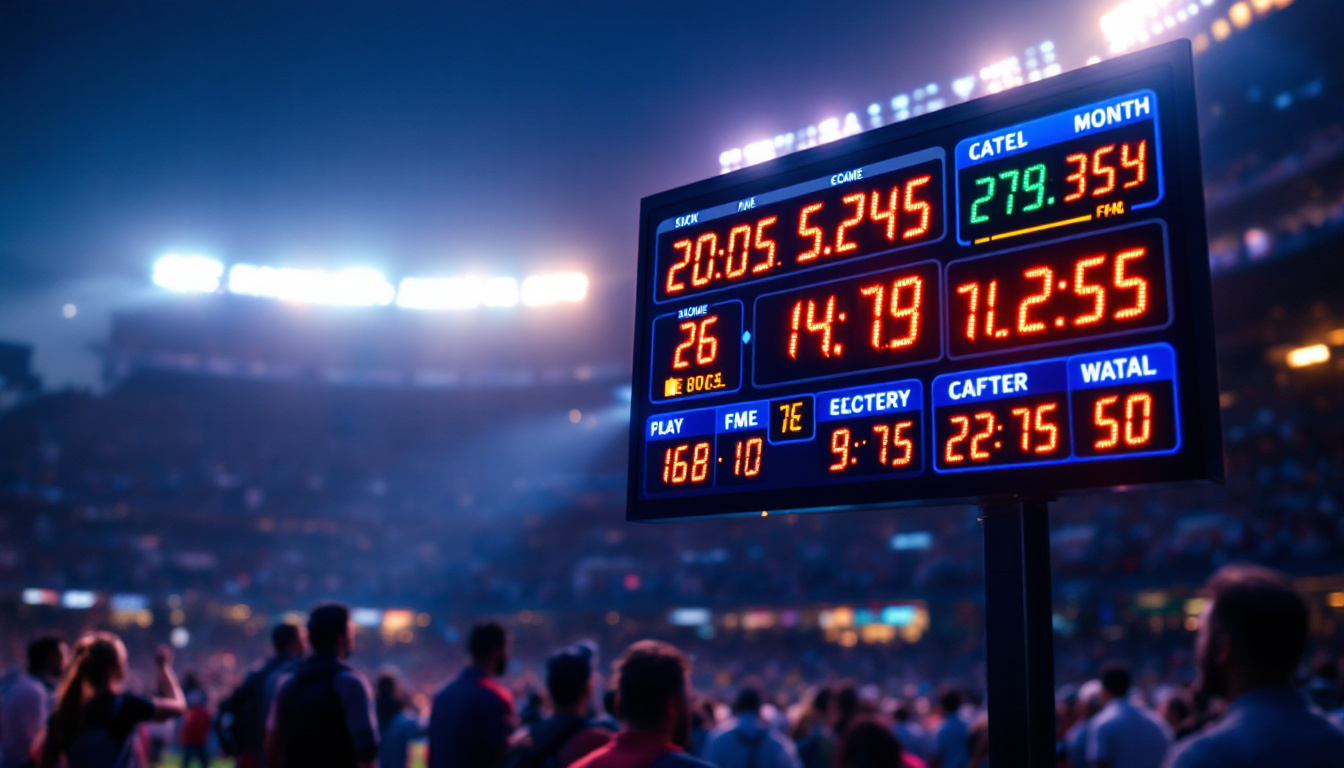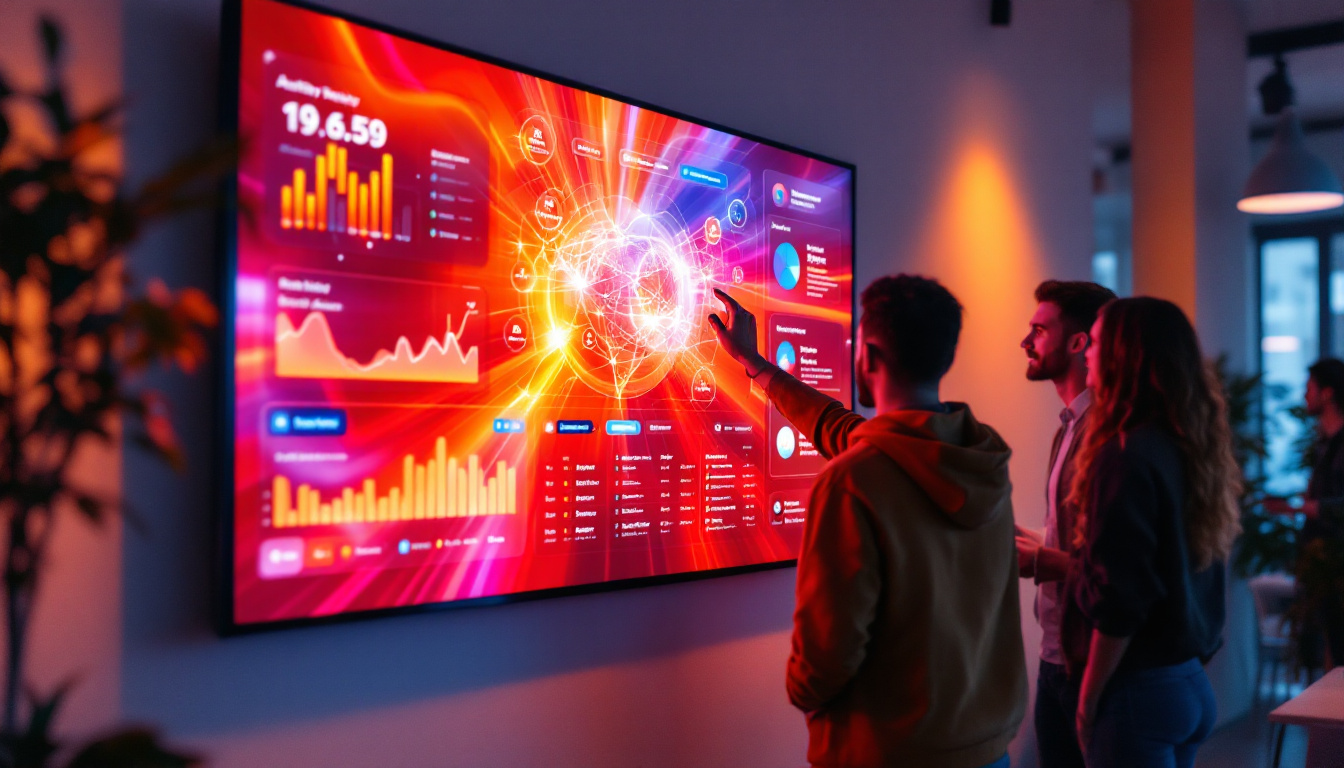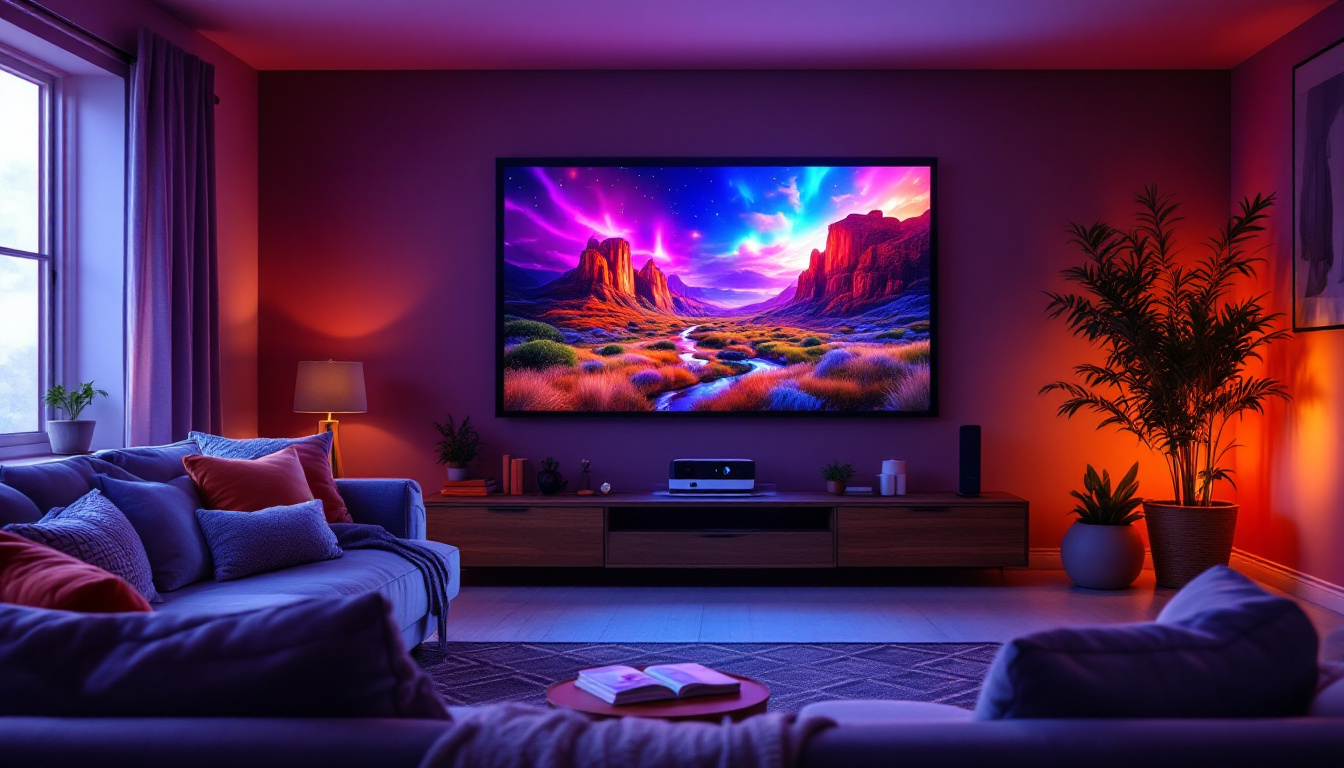Brightness On TV: LED Display Explained
In the realm of modern television technology, LED displays have become a dominant force, offering vibrant colors, sharp contrasts, and impressive brightness levels. Understanding how brightness works in LED displays can significantly enhance the viewing experience, whether for movies, sports, or gaming. This article delves into the intricacies of LED display brightness, exploring its mechanisms, benefits, and factors that influence performance.
Understanding LED Display Technology
LED, or Light Emitting Diode, technology has revolutionized the way images are displayed on screens. Unlike traditional LCD screens that use fluorescent backlighting, LED displays utilize an array of tiny diodes that emit light directly. This fundamental difference not only impacts brightness but also color accuracy and energy efficiency. With the increasing demand for high-definition visuals, LED technology has become the go-to choice for everything from televisions to smartphones, making it a pivotal component in modern display solutions.
The Basics of LED Technology
At its core, an LED display consists of numerous small diodes arranged in a grid. Each diode can emit light in various colors, allowing for a broader spectrum of hues. The combination of red, green, and blue (RGB) light from these diodes creates the full range of colors visible on the screen. This direct emission of light contributes to the display’s overall brightness and clarity. Furthermore, advancements in LED technology have led to the development of organic light-emitting diodes (OLED), which offer even deeper blacks and wider viewing angles, enhancing the visual experience for users.
Types of LED Displays
There are primarily two types of LED displays: edge-lit and full-array. Edge-lit LED displays have diodes placed along the edges of the screen, which can lead to varying brightness levels across the display. In contrast, full-array LED displays feature a grid of diodes behind the screen, providing more uniform brightness and better contrast ratios. Understanding these differences is crucial for consumers looking to purchase a new television. Additionally, there are newer technologies like mini-LED and micro-LED displays, which utilize smaller diodes to create even finer control over lighting, resulting in exceptional picture quality and energy efficiency. These innovations are paving the way for future advancements in display technology, promising even more immersive viewing experiences.
Factors Influencing Brightness in LED Displays
The brightness of an LED display is not solely determined by the technology itself; several factors come into play. These include the quality of the diodes, the display’s design, and the settings used during operation. Each of these elements can significantly impact the overall brightness and viewing experience.
Quality of the Diodes
The quality of the LED diodes used in a display is a critical factor in determining brightness. Higher-quality diodes can produce more light with less energy, resulting in a brighter display. Manufacturers often specify the brightness level in nits, which is a measure of luminous intensity. A higher nit rating indicates a brighter screen, which is particularly beneficial in well-lit environments. Furthermore, the color temperature of the diodes can also affect perceived brightness; warmer colors may appear less bright than cooler tones at the same intensity, influencing viewer comfort and preference.
Display Design and Technology
Beyond the diodes themselves, the design of the display plays a significant role in brightness. For instance, displays with better diffusion layers can distribute light more evenly across the screen, enhancing perceived brightness. Additionally, the use of advanced technologies such as local dimming can improve contrast ratios, making bright areas appear even more vivid. The physical construction of the display, including the materials used for the screen surface, can also impact brightness. Anti-reflective coatings can reduce glare from ambient light, allowing for a clearer and brighter viewing experience, particularly in bright rooms or outdoors.
Settings and Calibration
Brightness settings can often be adjusted through the television’s menu. Many modern TVs come with preset modes designed for different viewing environments, such as “Cinema,” “Sports,” or “Vivid.” These settings can dramatically alter the brightness and color output. Proper calibration can optimize the viewing experience, ensuring that colors are accurate and brightness levels are suitable for the room’s lighting conditions. Additionally, some displays offer advanced calibration tools that allow users to fine-tune brightness, contrast, and color balance, which can be especially useful for professional environments where color accuracy is paramount, such as graphic design or video editing. Understanding the impact of ambient light sensors, which automatically adjust brightness based on surrounding light conditions, can further enhance the viewing experience by ensuring optimal brightness at all times.
Benefits of High Brightness in LED Displays
High brightness levels in LED displays offer several advantages, enhancing the overall viewing experience. From improved visibility in various lighting conditions to better color reproduction, the benefits are manifold.
Enhanced Visibility
One of the primary benefits of high brightness is improved visibility, especially in brightly lit environments. Whether watching a movie during the day or playing video games in a sunlit room, a brighter screen ensures that details remain clear and colors vibrant. This is particularly important for outdoor viewing or in spaces with large windows.
Improved Color Accuracy
High brightness levels also contribute to better color accuracy. When a display can produce a wider range of brightness levels, it can render colors more accurately. This is particularly noticeable in scenes with high dynamic range (HDR), where the contrast between light and dark areas is pronounced. A display with good brightness can showcase the full spectrum of colors, making images more lifelike.
Better Performance in HDR Content
High brightness is essential for enjoying HDR content. HDR technology requires displays to achieve peak brightness levels to highlight details in both shadows and highlights. A display that can reach higher brightness levels will provide a more immersive experience, allowing viewers to appreciate the nuances in HDR films and games.
Comparing LED Displays with Other Technologies
While LED displays are popular, they are not the only technology available. Understanding how LED compares to other display types, such as OLED and QLED, can help consumers make informed choices.
LED vs. OLED
OLED (Organic Light Emitting Diode) technology offers several advantages over traditional LED displays, particularly in terms of contrast and black levels. Since each pixel in an OLED display emits its own light, it can achieve true blacks by turning off individual pixels. However, LED displays typically outperform OLEDs in brightness, making them a better choice for brightly lit environments.
LED vs. QLED
QLED (Quantum Dot LED) technology enhances traditional LED displays by using quantum dots to improve color accuracy and brightness. QLEDs can achieve higher brightness levels than standard LEDs, making them particularly appealing for HDR content. However, they still rely on backlighting, which can affect black levels compared to OLED technology.
Choosing the Right Brightness for Your Needs
When selecting a television, it is essential to consider the brightness levels that will best suit your viewing habits and environment. Different factors can influence the ideal brightness for individual users.
Room Lighting Conditions
The lighting conditions in the room where the television will be used play a significant role in determining the necessary brightness. For darker rooms, a display with moderate brightness may suffice, while brighter rooms may require higher brightness levels to ensure a clear picture. Understanding the typical lighting conditions can guide consumers in selecting the right display.
Viewing Distance and Size
The size of the television and the distance from which it will be viewed also impact the perceived brightness. Larger screens viewed from a distance may require higher brightness levels to maintain clarity and detail. Conversely, smaller screens viewed up close may not need as much brightness to deliver an enjoyable experience.
Content Type
The type of content being viewed can also influence brightness preferences. For instance, gamers may prefer a brighter display to enhance visibility during fast-paced gameplay, while movie enthusiasts might prioritize color accuracy and contrast over sheer brightness. Understanding personal viewing habits can help in making the right choice.
Future Trends in LED Display Technology
The landscape of LED display technology is continually evolving, with advancements aimed at improving brightness, color accuracy, and overall performance. Keeping an eye on emerging trends can provide insights into the future of television technology.
MicroLED Technology
MicroLED is an emerging technology that promises to combine the best aspects of LED and OLED displays. By utilizing microscopic LEDs to create images, MicroLED displays can achieve exceptional brightness, contrast, and color accuracy. As this technology matures, it may redefine expectations for display performance.
Advancements in Quantum Dot Technology
Quantum dot technology continues to evolve, with manufacturers developing new methods to enhance brightness and color reproduction. Future QLED displays may incorporate even more advanced quantum dot materials, leading to improved performance in both brightness and energy efficiency.
Integration of AI and Smart Features
Artificial intelligence is increasingly being integrated into television technology, with smart features that optimize brightness and color settings based on viewing conditions. These advancements promise to create a more personalized viewing experience, allowing users to enjoy their favorite content in the best possible light.
Conclusion
Brightness in LED displays is a multifaceted topic that encompasses technology, design, and personal preferences. Understanding how brightness works and the factors that influence it can empower consumers to make informed decisions when purchasing a new television. As technology continues to advance, the future of LED displays promises even greater enhancements in brightness, color accuracy, and overall performance, ensuring an immersive viewing experience for all.
Discover the Future of Brightness with LumenMatrix
Ready to experience the pinnacle of LED display brightness and clarity? LumenMatrix, a pioneer in LED display technology, invites you to explore our comprehensive range of innovative solutions. From Indoor and Outdoor LED Wall Displays to specialized options like Vehicle, Sports, and Floor LED Displays, we offer custom and All-in-One solutions to fit your unique needs. Our mission is to transform visual communication with LED displays that not only captivate your audience but also amplify your message with unparalleled vibrancy. Check out LumenMatrix LED Display Solutions today and step into a brighter, more engaging visual future.




